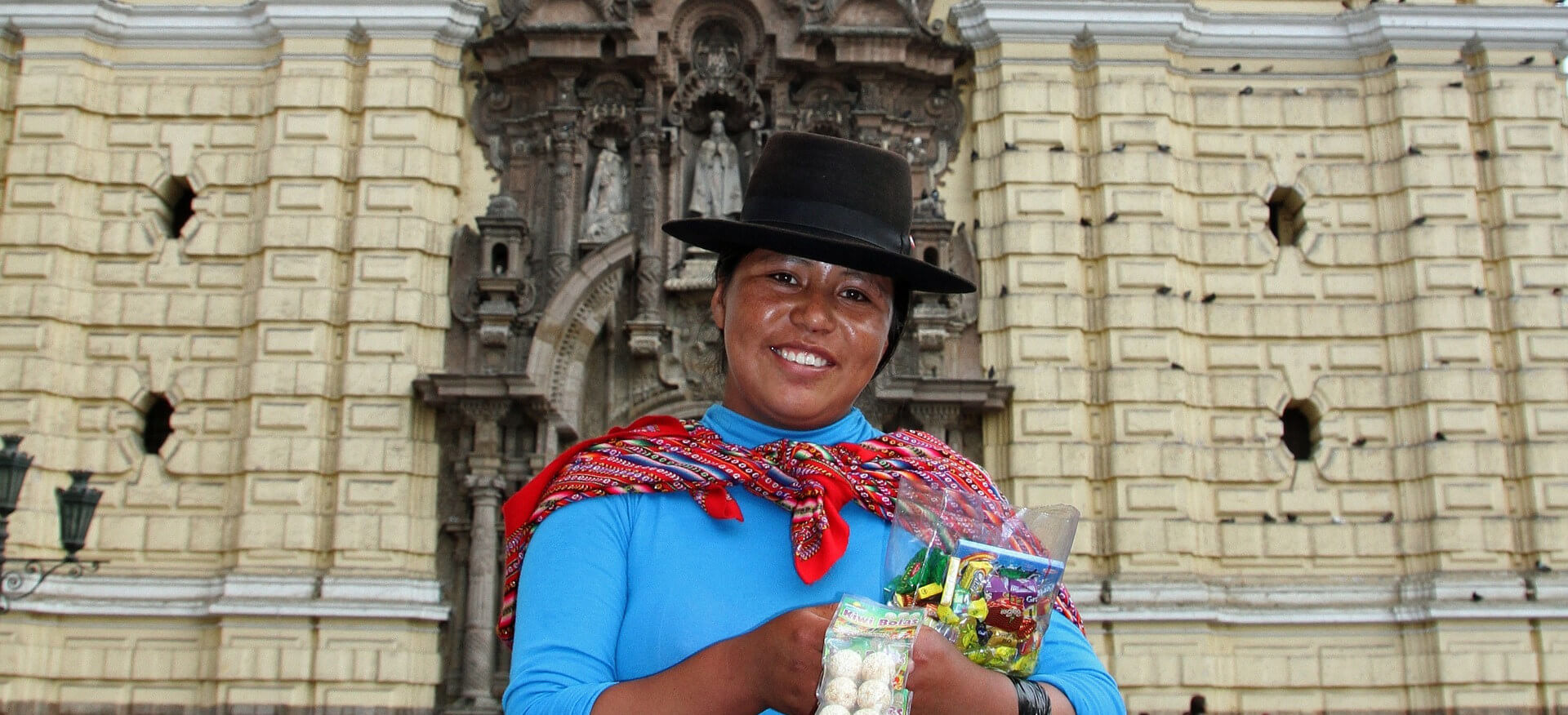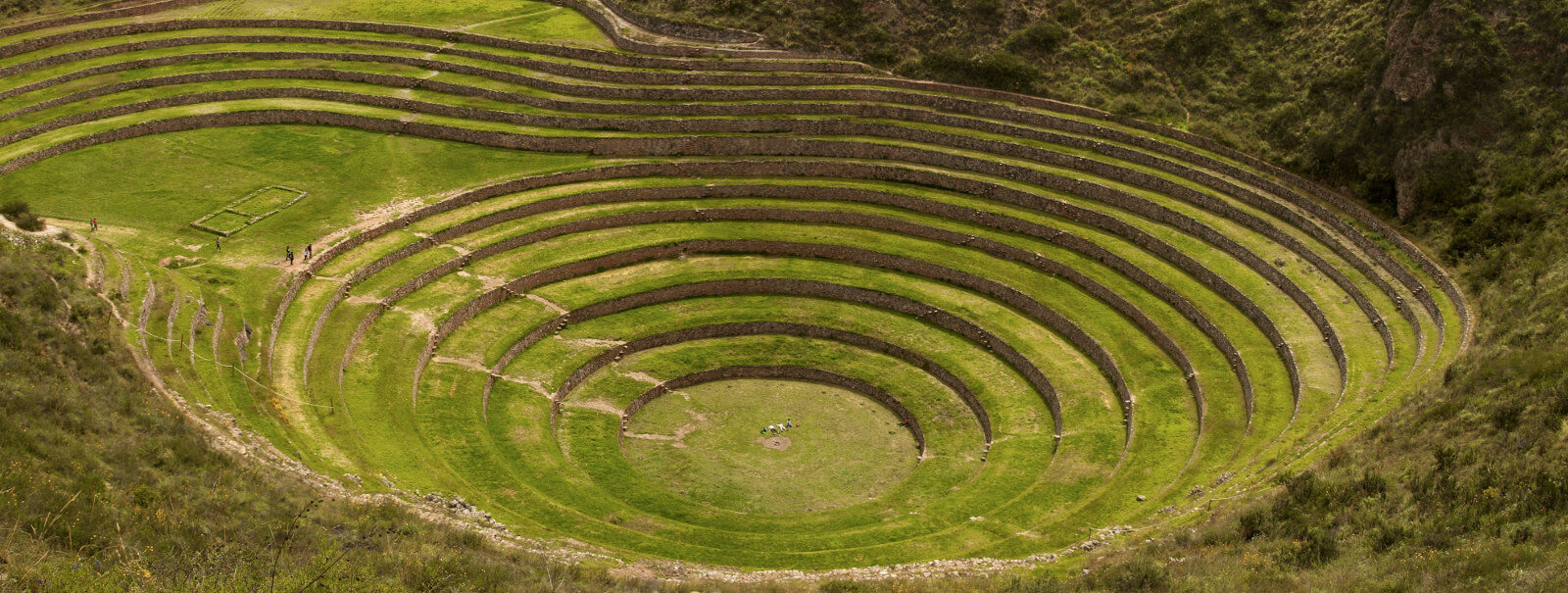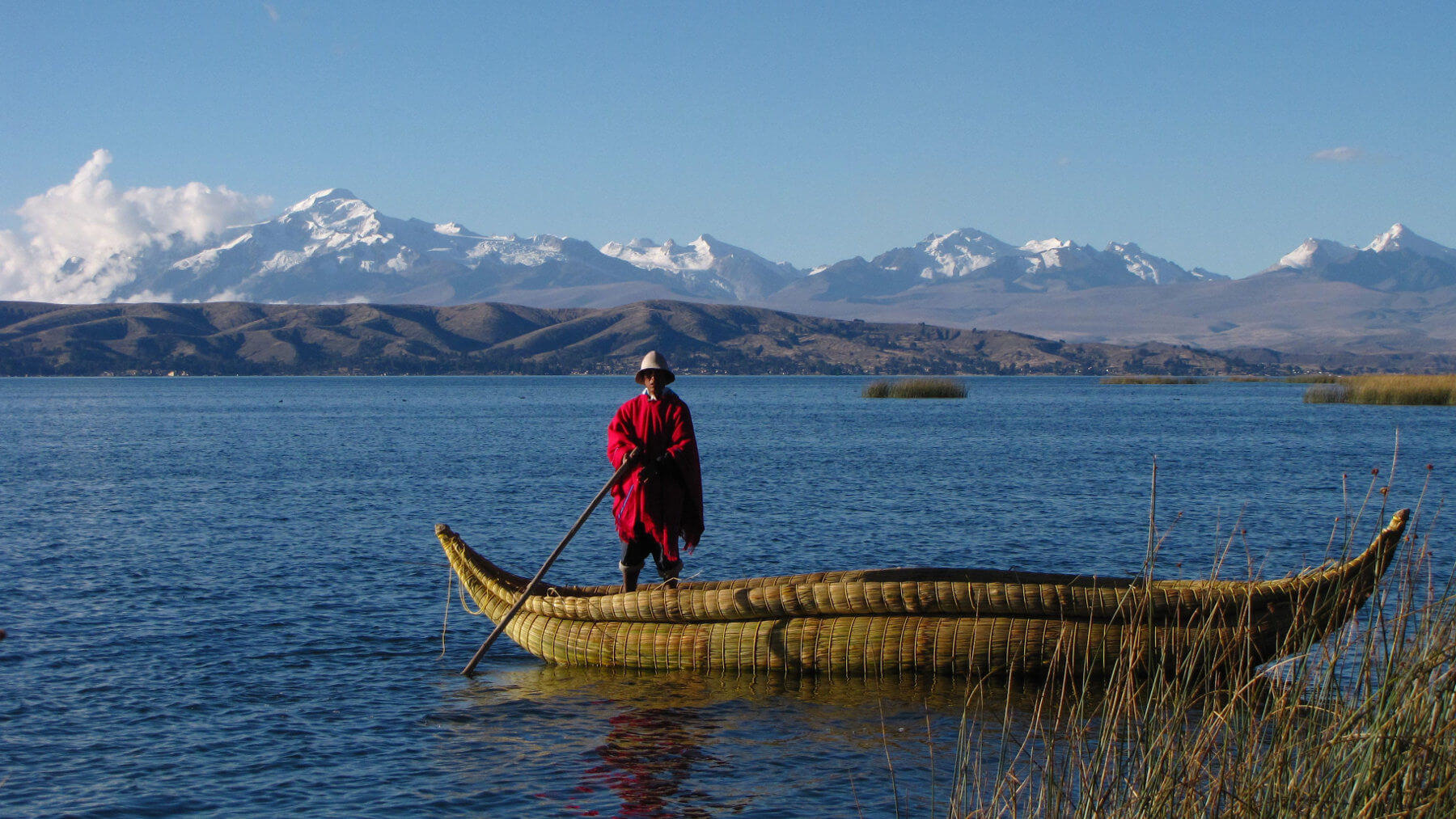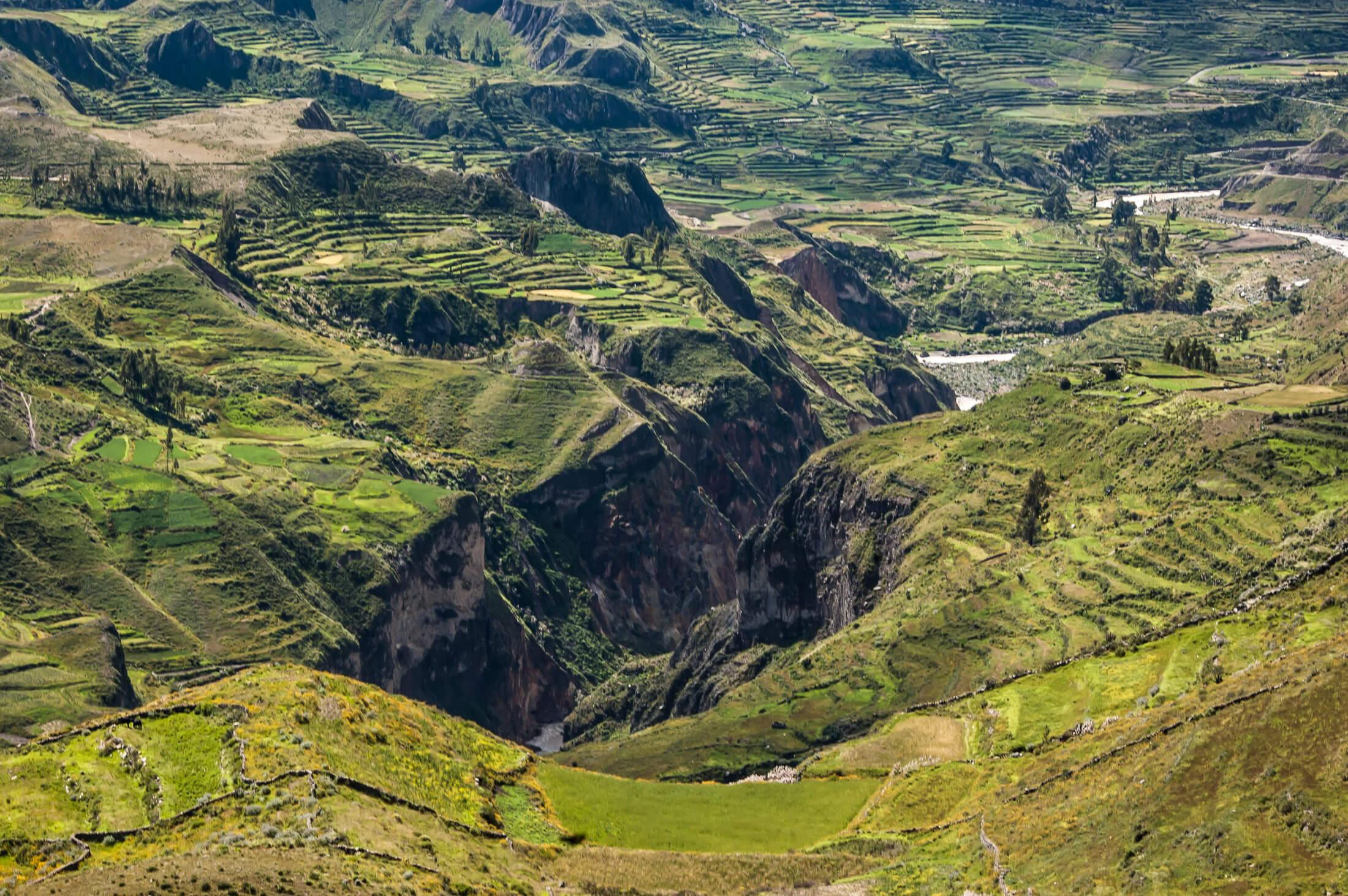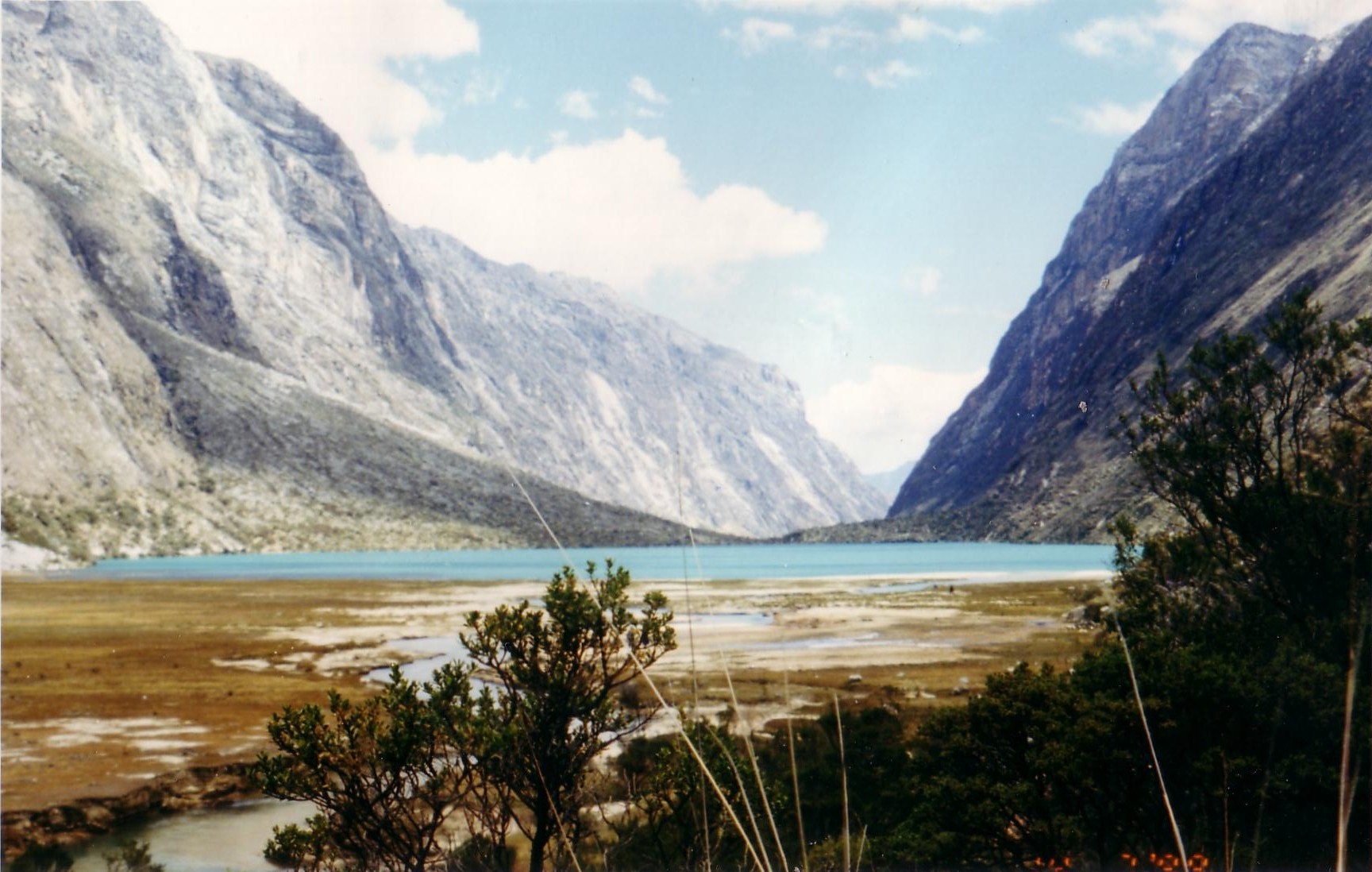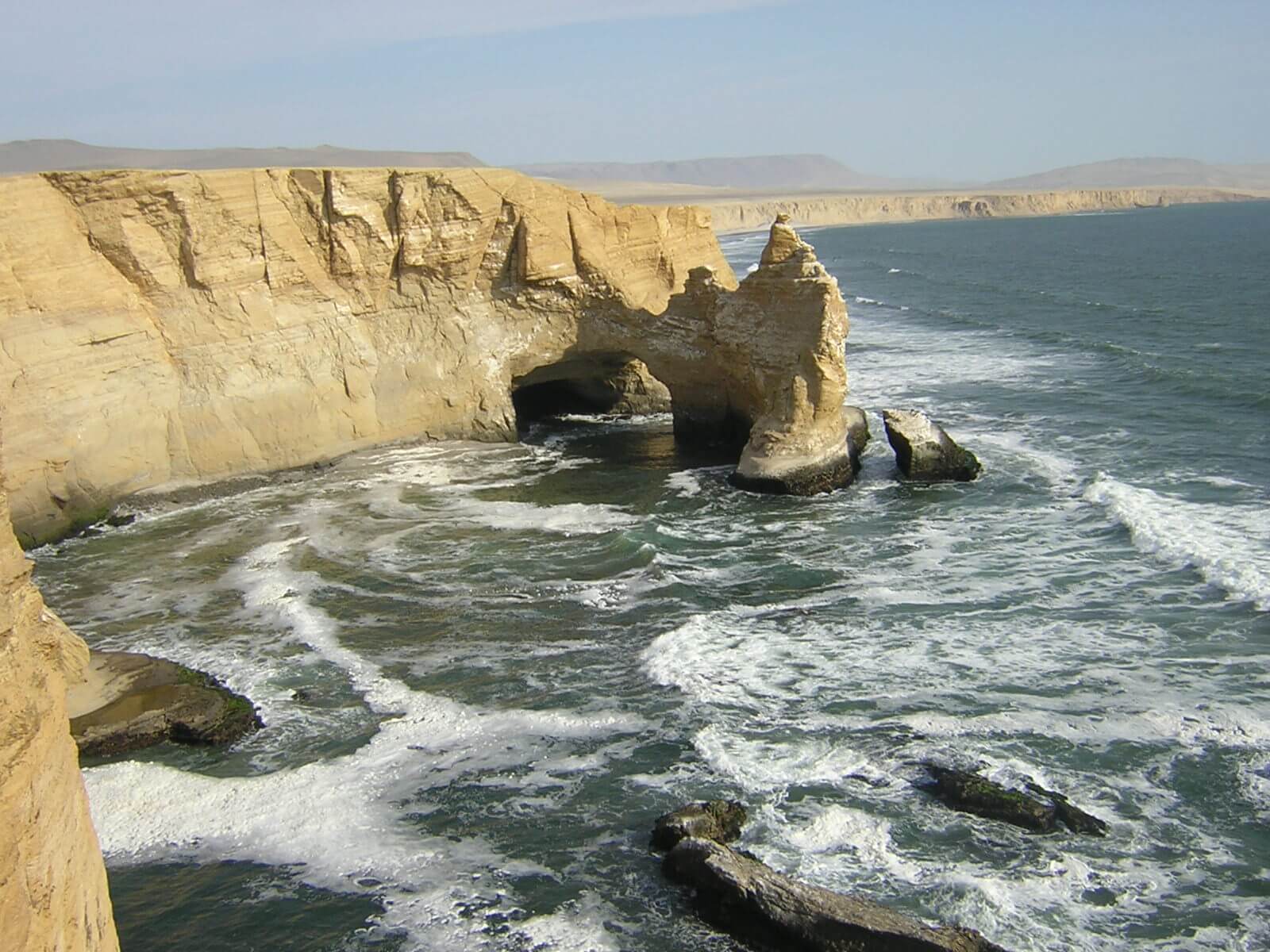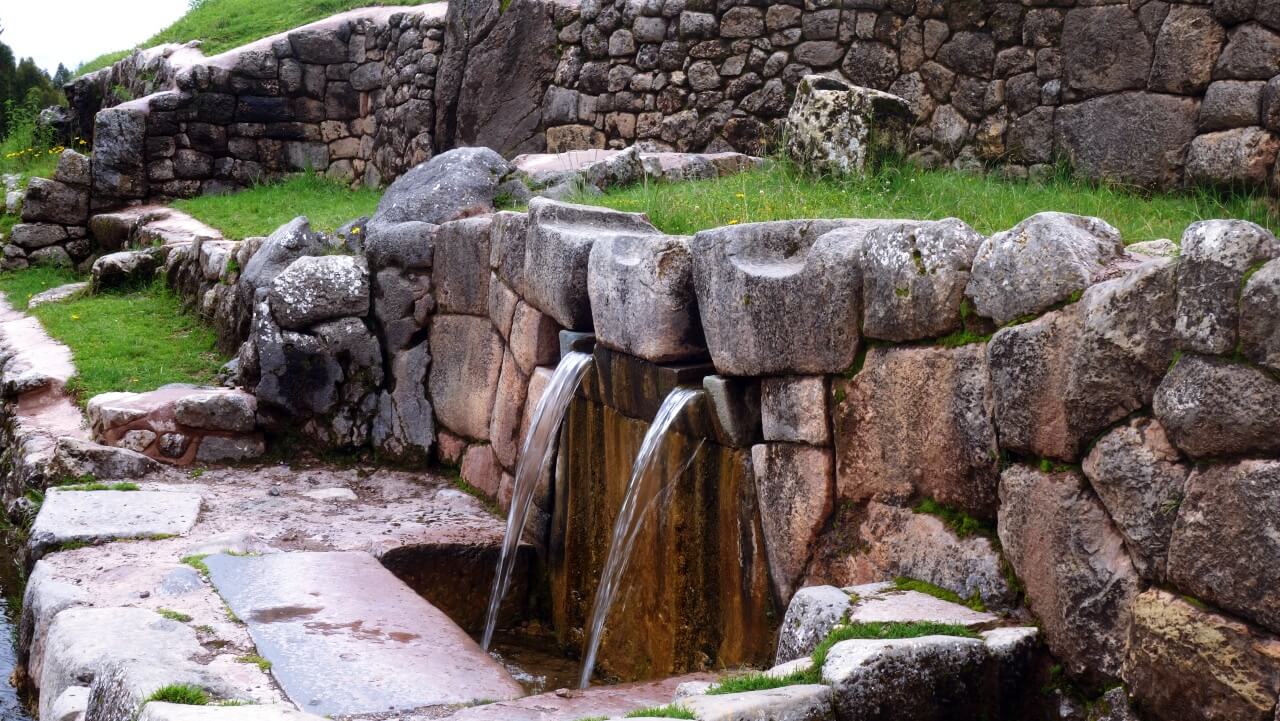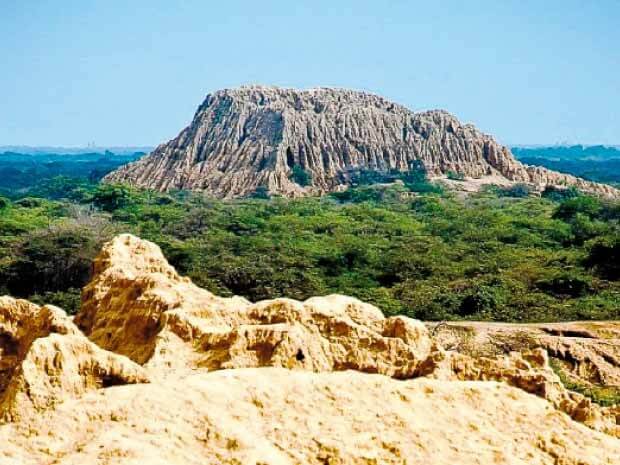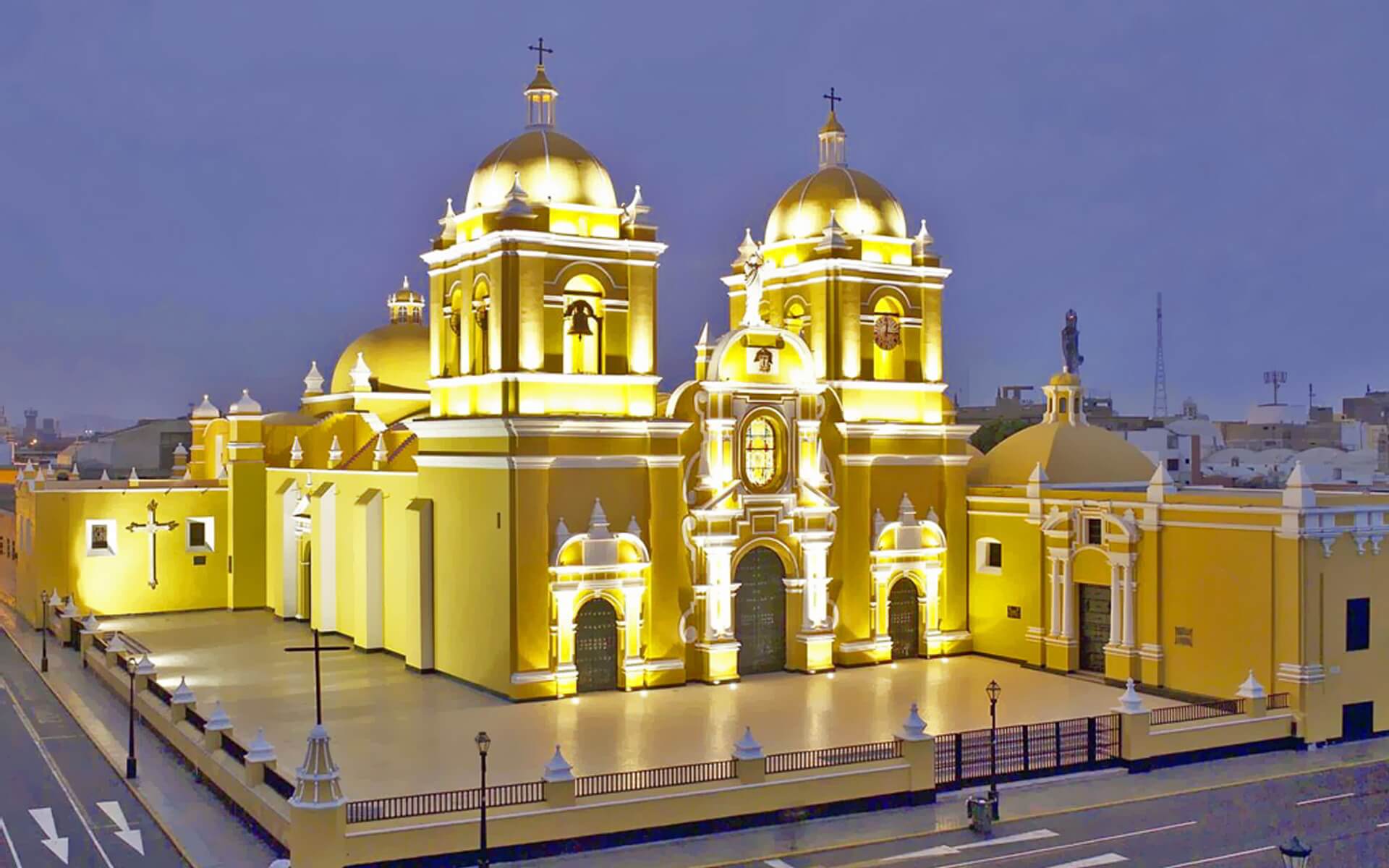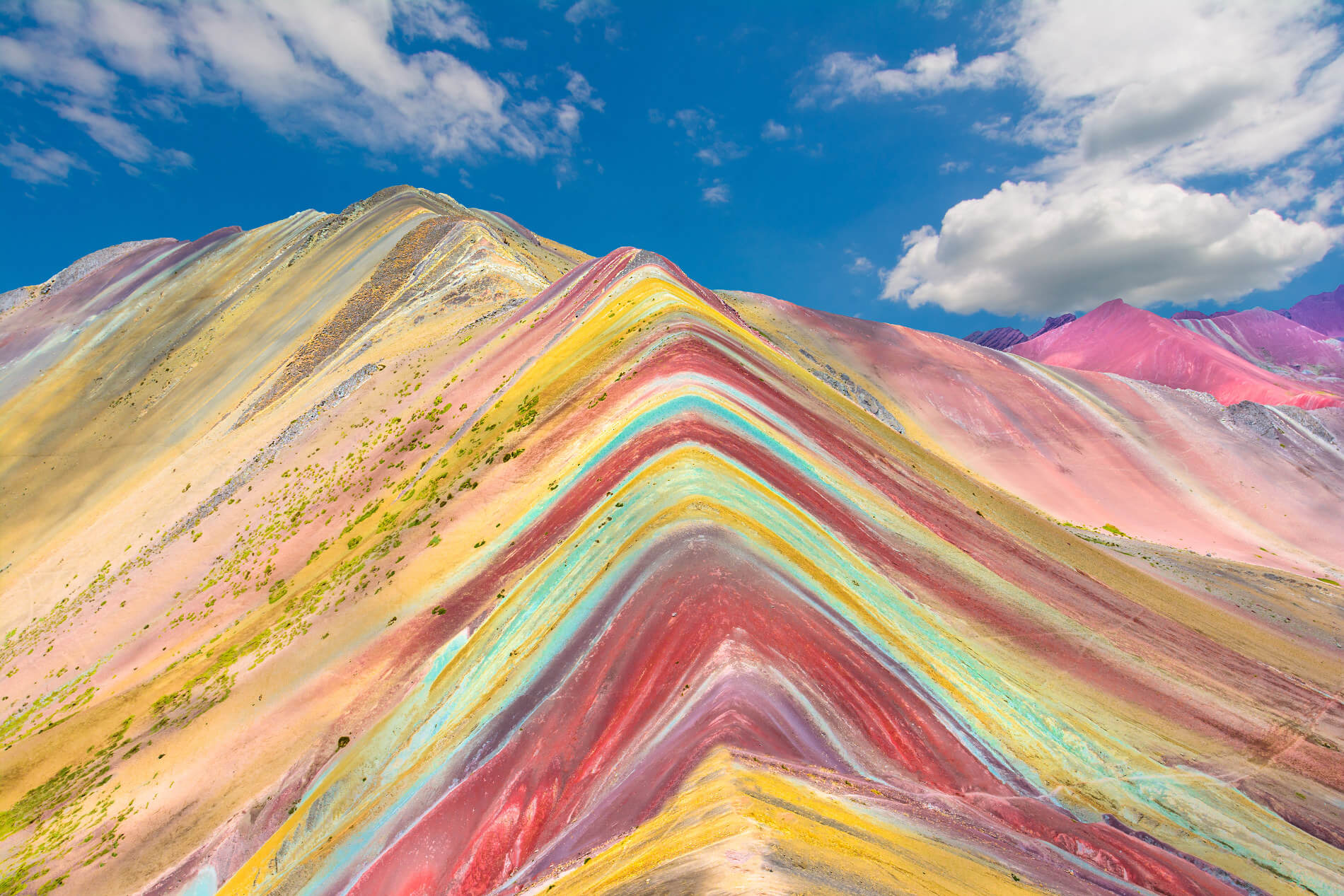Menu
Top 10 places to Visit in Peru
Almost everything in the name “Peru” sounds uniqueness; truly, this is a country that is quite different from the rest of the world. Not just the fascinating relics of Machu Pichu, Peru has a lot to offer visitors of every type and preference. From the bustling capital city Lima to the majestic Nazca valley, the captivating floating islands on Lake Titicaca to the beautiful natural reserves of Pacaras – there are hundreds of intriguing sights to visit all over Peru.
After Machu Pichu, here are the 10 most popular places to visit at least once in Peru.
Lima, the Capital City
Lima is not only the capital of Peru, but also the largest and the most populated city of the country. With more than 10 million inhabitants, Lima is a bustling city and overlooks the peaceful Pacific Ocean at one side.
Lima is an old city, founded in 1535 by the Spanish conqueror Francisco Pizarro. Since then, it has been transformed into one of the most important cities of South America, with a mixed style inspired by the Spanish and its ancient roots. The Plaza de Armas is the center of Lima and it houses some of the most important and scenic buildings of the city, including the Cathedral of Lima, the Government Palace, the Archbishop’s Palace and the Palace of the Union.
Downtown Lima is congested, overpopulated and busy; on the other hand, suburban Lima houses all the new factories, shopping malls, hotels, restaurants and business centers. For visitors, both the new and old parts of Lima can be equally fascinating to experience.
Nazca Desert
The Nazca desert in Peru carries one of the most bewildering puzzles of all times: the Nazca lines! 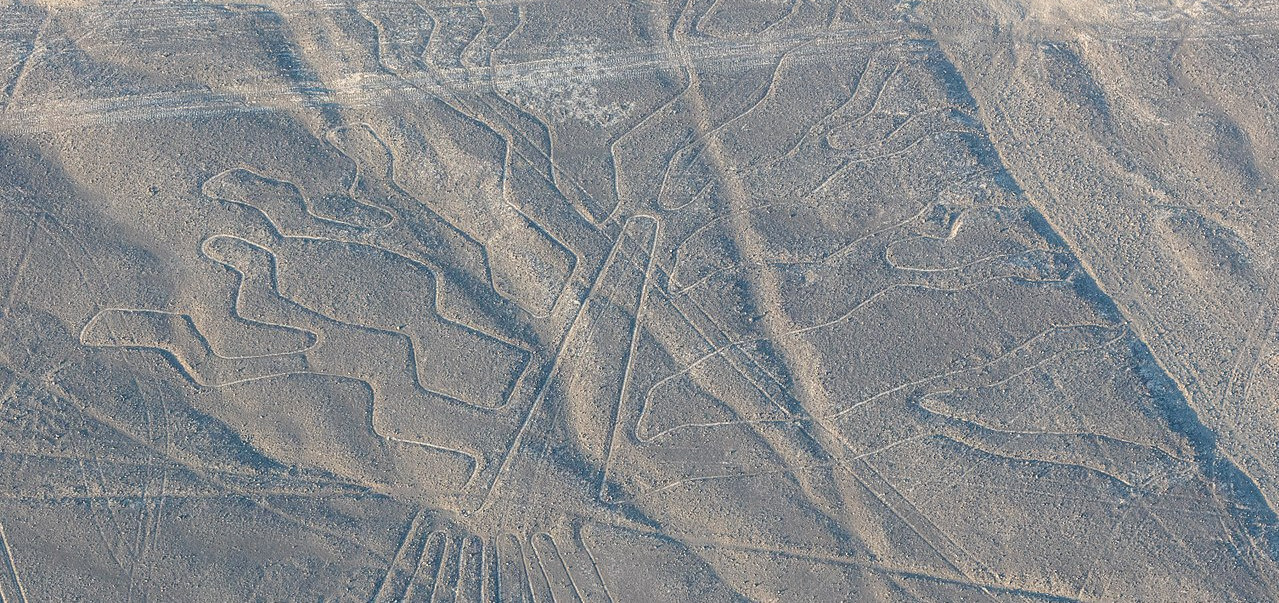
200 miles outside the capital Lima, the Nazca lines are massive geometric figures, patterns and shapes scraped over the rough stone surfaces. Some of these drawings range from 50 feet to 1200 feet in length, and astonishingly, resemble plant and animal shapes. From high above the ground from an airplane, the drawings can be recognized as that of a hummingbird, a monkey, a dog and a spider, as well as other geometric shapes (triangles, rectangles, trapezoids and swirls) intertwined with each other. For the last 80 years, there has been hundreds of questions regarding the Nazca lines filling everyone’s minds. No one knows yet why or how, or by whom, they were created, and whether they serve any purpose. According to scientists, they could have been created around 1 to 700 A.D. by the-then inhabitants of that place. Today, the Nazca desert receives thousands of visitors to see the lines and to make up their own theory about them!
Sacred Valley of the Incas
It’s not only Machu Pichu where we see the greatness of the Incas, but also at what is known as the Sacred Valley, located near the Rio Urubamba Valley. This valley is located 20 kilometers north of Cuzco, which is known as the Inca capital of Peru. It is a beautiful place, conveniently located in front of snow-capped mountains, with notable small towns all around – their inhabitants still following the Inca tradition and lifestyle. Trekking activities are available for visitors who are interested, but most travelers prefer to roam around the local markets and taste the authentic Peruvian cuisine.
The Amantani and Taquile Islands of Lake Titicaca
Both Amantani and Taquile are islands on Lake Titicaca, which is the highest navigable lake of the world. Among the islands on this lake, these two are most notable, mostly because of their inhabitants. The people inhabiting these floating islands are known as the Uros, and they still maintain a traditional lifestyle based on fishing, gathering bird eggs and catching birds. These days, tourism is an important part of their livelihood and they have adjusted their own lives to help the visiting tourists.Each island will not take more than a few hours to tour, but many tourists prefer to stay back to visit all the islands. This gives them more time to get acquainted with the locals and experience life on the floating islands firsthand.
Colca Canyon
More than 120,000 visitors come to the Colca Canyon every year, making it one of the most important tourist locations of Peru. This is the second deepest canyon in the world with a depth of more than 3,400 meters. That’s twice the depth of the Grand Canyon! However that is not the only reason for visitors to come to see the Colca Canyon, but the hundreds of soaring condors here, as well as many of the trekking routes available for the more adventurous travelers.
Huascaran National Park
The Huascaran National Park is an exceptionally beautiful place, thanks to the mountainous range created by a series of snow-capped mountains and glaciers. The extraordinary collection of Andean fauna and flora only adds to the beauty of this park. This National Park was included in the World Heritage List in 1985. It is a vast area, with 840,159 acres of mountain range seeped with cultural and biological diversity. The Huascaran National Park is truly a beautiful part of Peru that should be on every traveler’s bucket list.
Reserva Nacional de Paracas
Pacaras is a small town a little outside Lima, open for tourists all around the year. It is also the home of the Pacaras National Reserve, one of the largest preserved deserts in America. It is easy to reach this National Reserve from the capital city; the accommodation available is also adequate and affordable.
Tambomachay
Tambomachay is yet another Inca site near the Inca capital Cuzco, literally translated into “guest house” and “cave”. There is confusion about what purpose it filled exactly, but it could have either been a spa for the elite class, a temple worshiping water or a defensive outpost. At present, it is a canal where the water never runs out; it could have been considered a “fountain of youth” during the Inca Empire.
Tucume
For visitors interested in the history, there’s an on-site museum that contains a large amount of information.Tucume is known as “purgatory” by its inhabitants, and it is one of the largest pyramid complexes of Peru, with more than 26 big pyramids in a small area. Local healers used to live here in the ancient Inca times, as well as high priests, the elite class and skilled seamen.
Trujillo
Trujillo is another important city of Peru near the Pacific Ocean, on the banks of the Moche River. It was founded by the Spanish Conquistador before 1534; later, it came to be known as the city where judiciary started in Peru.
Tips for traveling in Peru
Traveling in Peru requires some effort, but it has its reward. Both transportation and accommodation is easily available everywhere; authentic Peruvian cuisine is delicious and unique. However, there are some information about Peru that a traveler should always keep in mind.
Visa
Getting visa for Peru is easy if you have a valid passport. The Embassy of Peru only gives out single-entry visas for a maximum of 183 days in a year; once entered, the visa cannot be extended and it is not possible to look for a job on a tourist visa.
Safety
Some places in Peru can be dangerous, but following common sense rules and knowing where to go, you can travel with peace of mind. Petty crimes are conducted almost everywhere and travelers should be conscious about their own belongings at all times. However, there are rarely any political or military rebellion anywhere in Peru.
Guides
Guided tours are available to all the tourist sites of Peru, with a lot of options to choose from. These tours range from day-trips to night stays, under affordable prices.
Season
The perfect time to travel to Peru is from April to October, which is actually spring and summer. Summer is dry and sunny, which makes it the right time for trekking. The coastal areas are warmer compared to the rest of the country but the higher regions can be freezing at night.
What to Bring
Clothes should be worn in layers in Peru, with plenty of warm clothes for nights in higher altitudes. Mosquito repellents, hiking shoes and portable chargers are a good idea for this country. Besides, the toilet facilities here are not very good at some places and it is preferable to carry travel toilet paper and other personal hygiene items.
Transportation
Transportation is readily available everywhere in Peru, ranging from airplanes to trucks. For long distance traveling within the country, buses are the best options – cheap and comfortable. Taxis, motor taxes and mini buses are also easy to find inside the cities.
Vinicunca, the Rainbow Mountain
Vinicunca or Winicunca, is an impressive mountain of Peru that presents a wide variety of colors, due to the action of different minerals that exist on its ground. The inhabitants of the region call it “Cerro Colorado”, (colorful hill) but it is also known as Montaña Arcoiris (Rainbow Mountain), Montaña de Siete Colores (Seven Colors Mountain) or simply Montaña de Colores (Color Mountain). It is located in a small village called Pitumarca, near Cuzco, province of Canchis, at an altitude of 5.200m. Its appearance is almost surreal, and it finds similarities in few parts of the planet (as is the case of Zhangye Danxia Geological Park, China). For this reason, it is currently in a process of mass tourism that threatens its preservation, and we hope that it will be well organized soon.
Whether you are in Peru for pleasure or work, these are some of the destinations that no visitors should miss, especially if you truly want to understand this amazing country.
Learn Spanish while traveling through Peru
Archives
- April 2020
- March 2020
- February 2020
- January 2020
- December 2019
- November 2019
- October 2019
- September 2019
- August 2019
- July 2019
- June 2019
- May 2019
- April 2019
- March 2019
- February 2019
- January 2019
- December 2018
- November 2018
- October 2018
- September 2018
- August 2018
- May 2018
- March 2018
- November 2017
- October 2017
- September 2017
- August 2017
- July 2017
- June 2017
- May 2017
- April 2017
- March 2017
- June 2004

